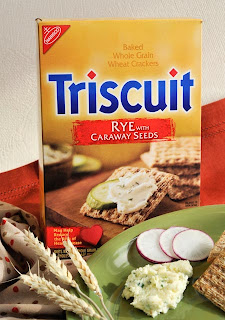Last weekend I spent in a kind of Bizarro World version of my usual culinary life. Taste was not even in the backseat, but left at home to fend for itself. The weekend was all about how the food looked. More specifically, how the food looked in a photograph. I was lucky enough to snag a spot in the Food Styling and Photography Workshop at the Institute of Culinary Education. Here Jim Peterson, Jamie Tiampo, Laurie Knoop and Matt Noel would try to impart their collective knowledge of this subject.
Taking a good looking photograph of food can be a challenge. I'm sure all you bloggers out there know exactly what I mean. Making the food good looking enough to photograph was another aspect of the class that I frankly had almost zero experience in. My models were of the natural, meal next door type. They also didn't last long in the biz as they(rather we) found it totally consuming. Getting your meal ready for its close up was the milieu of Laurie Knoop.
Laurie graduated from culinary school, but did not want to work in a restaurant. Through a friend, she pursued food styling and now owns her own food photography studio. Laurie told us all the secrets of getting food to look good in a photo. Sometimes, the best way is to not use the food at all. Crisco mixed with various sugars and strawberry jam was a dead ringer for strawberry ice cream. Instant mashed potatoes made many appearances in the bag of tricks. As a substitute for the icing you don't see in a cake and to fill up a deflated looking roast chicken to only mention a few. Many of the tricks she taught us are no longer used that much, at least in the higher end publications. But at least we have them in our back pockets if we ever need them. She also taught us myriad ways to keep real food good looking for the shoots.
Jim Peterson, Jamie Tiampo and Matt Noel showed us many ways to get a photograph of food to look great. The only way to have a great photograph is to have great light. They showed us many ways to manipulate natural light to have the effect you want to achieve. The best part of this, most of these techniques are cheap and some even free. Foil is a great reflector. If you crumple it up a bit, it throws off a nice, mottled light. Mirrors are great as well. A small mirror can be used to spot light an area that you want to draw attention to in a photo. Foam boards of different colors are also great reflectors. The different colors can evoke some interesting atmospheres in your shots.
We were finally let loose to try our hands at food styling. Our first task was to create a still life. My teams eyes were drawn to this beautiful acorn squash. We decided to do a still life of autumn's bounty and starting collecting our "stars". We picked up some props to best showcase our work and started styling the still life. When we were going astray, one of the instructors would gently guide us back to a more aesthetic form. Our final still life was a far cry from the starting one and miles better.
We were challenged with more involved projects as the weekend progressed. Shopping in the Union Square Greenmarket for ingredients to style was disorienting. Again, back in the Bizzaro World of looking for good looking food not good tasting food. We did find some dramatic ingredients and made a pretty good photo if I may say so myself. Jim and Jamie did most of the photography in the class. It was interesting to see the different styles between the two. We were able to shoot pictures of our food as well, which provided some interesting comparisons once I got home.
My Photo
Jamie Tiampo's Photo





4 comments:
What a fun class! I didn't know these tricks and tips in food photography, but from my experience outdoor lighting is the best. btw, I gave you a blogger award on FLB over the weekend. :)
There are many tips and techniques in food styling and photography. The photos here mostly had outdoor light manipulated by mirrors, foil,etc. That's why the "Triscuit" on the box kind of glows!
Thanks for the award!
Great post. Photography secrets are always welcome though outdoor lighting is difficult to replace. I do like the moody indoor lighting but it's so hard to replicate the glow the eye sees.
Cheers.
I just worked on a holiday baking shoot for one of the "big box" stores, making some of the traditional classics, such as French's Green Been Casserole...we picked through 6 cans of fried onions to find the ones worthy of the hero shot. And yes, instant potatoes are used quite a bit in commercial photography...
Post a Comment